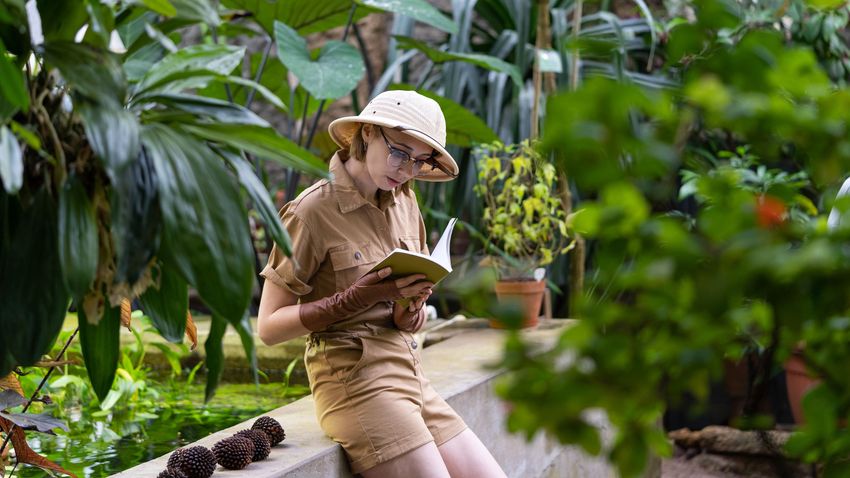The orchid flower, most recently documented in 1933, was rediscovered in Australia during investigations into the 2019-2020 ‘Black Summer’ bushfires – Origo writes.
A delicious lemon-scented orchid that was thought to have disappeared in the 1930s has been rediscovered in southeastern Australia.
It’s not uncommon for us to accidentally come across something that we thought became extinct, so it’s really cool.
Noushka Reiter, an associate at the Royal Botanic Gardens Victoria in Melbourne, says of the discovery.
Prasophullum morganiit — commonly known as reso onion orchid — was first documented in 1929 when a herdsman, Harry Morgan, spotted several cattle in his home near Kupungra in Victoria and sent some to amateur botanist William Henry Nichols.
Nichols made drawings of orchids – which he called Morgan – and kept some as dried flowers and some in alcohol. Eight of these species, including those from 1929 and others collected at the same site in 1933, have been housed in grasses in Melbourne and Adelaide.
Orchid experts have since tried to re-trace the species, but in the absence of further discovery, it was thought to be extinct.
Then in 2020, after bushfire ‘Black Summer’ ravaged Australia’s east coast, the Australian government ordered a detailed examination of the burnt areas for remaining flora and fauna.
During these investigations, four groups of orchids were discovered in the Nonyong Plain and the Northern Plains of Tempara, Victoria, and in Sawyers Hill and the Kielce Plain in New South Wales, which appear to be P. morganiik.
Reiter and colleagues compared these orchids with samples of the ancient P. morganii to see if they matched. Dried 90-year-old flowers were rehydrated to correctly display their size and shape and see if they matched newly found specimens.
It’s a wonderful species. It comes in a variety of colors from purple to light green and has cute little flower heads printed and a lemon scent
Reiter says about special orchids.
As it turns out, the P. morganii clan was actually spotted by a botanist in Kosciusko National Park in New South Wales in 2000, but until a recent study, it was thought to be a distinct species. That’s because Nichols misled everyone with the original drawings of P. morganii, says Reiter.
He drew with 80 flowers, but when we sampled his old one, we saw that he actually had 30 fewer flowers.
Reiter said.
Only a few hundred P. morganii were counted during the 2020 studies, indicating that the plants remain vulnerable to extinction. Reiter and his colleagues have begun cultivating the species at the Royal Botanic Garden in Victoria and hope to grow enough plants for some to return to their original habitat.
Cover image illustration. Source: shutterstock












































